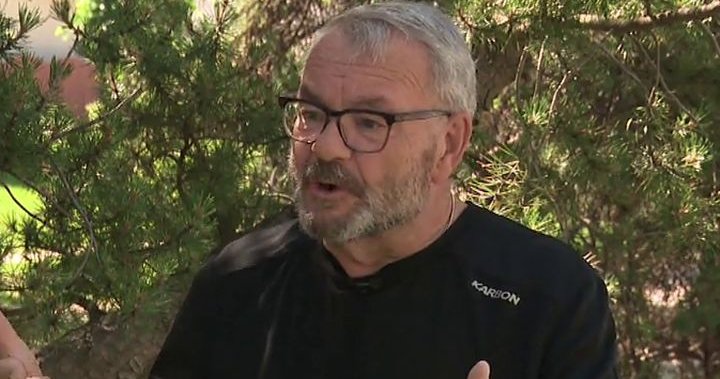The battle lines over Edmonton’s urban development strategy sharpened dramatically Monday as former councillor Tony Caterina publicly challenged the city’s ambitious infill housing approach, signaling what could become a central issue in the upcoming municipal election.
At City Hall, where councillors debated amendments to Edmonton’s zoning bylaw, Caterina—who recently announced his intention to run for mayor in 2025—delivered pointed criticism of policies he claims are fundamentally altering neighborhood characters without proper community consultation.
“What we’re seeing is essentially a top-down approach to urban planning that dismisses legitimate concerns from established communities,” Caterina told a packed chamber. “The rapid push toward densification is creating tension that didn’t need to exist.”
The contentious meeting highlighted Edmonton’s ongoing struggle to balance housing affordability pressures with preservation of neighborhood identity. Council is considering further amendments to the zoning bylaw that would expand opportunities for infill development, including provisions for more secondary suites and multi-unit housing in traditionally single-family areas.
Mayor Amarjeet Sohi defended the city’s approach, emphasizing the urgent need to address housing accessibility. “We’re facing a housing crisis that demands bold action,” Sohi stated. “Our policies are designed to create more housing options while maintaining what makes our neighborhoods special.”
The debate reflects broader tensions playing out across Canadian cities grappling with affordability challenges. Recent data from the Edmonton Real Estate Board shows average home prices have increased 11.2% year-over-year, putting homeownership further out of reach for many residents.
Councillor Aaron Paquette acknowledged the complexity of the issue, noting that “there’s no perfect solution that will satisfy everyone. Our responsibility is to make decisions that benefit the entire city, not just the loudest voices in the room.”
Community advocates expressed mixed reactions. Jane Henderson from the Old Strathcona Community League voiced support for thoughtful densification but cautioned against a one-size-fits-all approach. “We need to recognize that different neighborhoods have different needs and characters. Consultation shouldn’t be a checkbox exercise.”
The debate has significant political implications as the city approaches election season. Caterina’s decision to position himself as a champion for neighborhood preservation signals his campaign strategy to appeal to residents concerned about rapid change in established areas.
Urban planning experts note that Edmonton’s approach aligns with trends in metropolitan areas worldwide. Dr. Sarah Chen from the University of Alberta’s School of Urban Planning explained that “cities facing affordability challenges are increasingly looking at zoning reform as a key tool to increase housing supply and diversity.”
As the meeting concluded without final decisions on several key amendments, it became clear that Edmonton’s housing debate will continue to evolve as a defining issue shaping the city’s future. The council plans to revisit specific proposals in June after additional community feedback sessions.
For residents navigating this complex policy landscape, the fundamental question remains: How can Edmonton create more housing opportunities while preserving the unique character that makes its neighborhoods desirable places to live in the first place?










